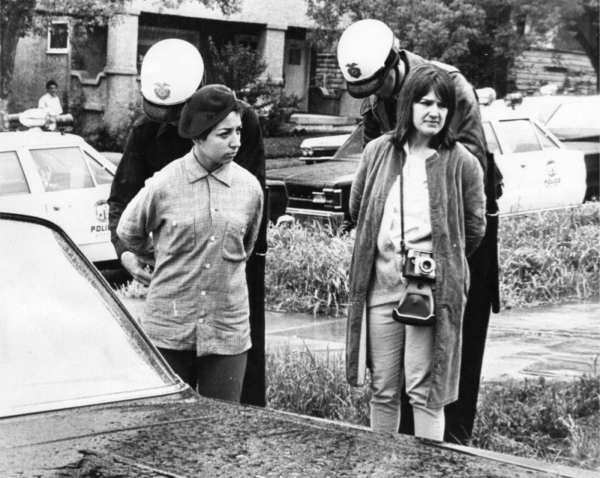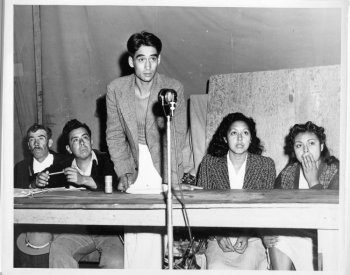This lesson focuses on one of the largest student protests in American history: the East Los Angeles walkouts of 1968. Through scaffolded analysis of primary sources, students investigate why students participated in these protests of the Chicano Movement.
We developed this lesson with the support of the Educating for American Democracy (EAD) participants and in collaboration with Los Angeles Unified School District. We designed this lesson with 3rd- and 4th-grade classrooms in mind, but it is readily adaptable for use with older students. It focuses on the EAD theme of “Civic Participation” for for grades 3-5. It addresses the history driving questions, “Why and how do people take action in order to solve problems that affect them and others?” (HDQ1.2A) and “What kinds of challenges arise when people decide to take action to try to solve problems?” (HDQ1.2B). It also addresses the history guiding questions, “What have people done from positions of disempowerment to achieve change?” (HSGQ1.2.C); “What or who are some great exemplars of civic action or constructive dissent in the United States?”(HSGQ1.2.D); “What have people done when they thought something was wrong in their community? in their state? in the United States?” (HSGQ1.2A); and “What has tended to motivate people to engage in civic action throughout history?” (HSGQ1.2E) To access the other Reading Like a Historian K-5 lessons made in this collaboration, click here.

Image: Photo of arrests of a woman and girl during East L.A. walkouts. From the Los Angeles Public Library.
